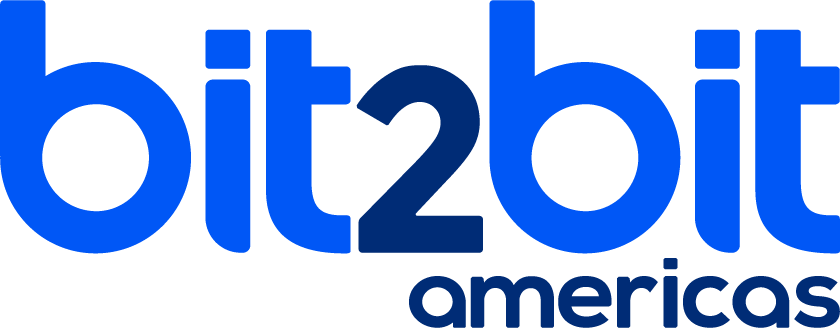Miro is an online collaborative whiteboard
designed for remote and distributed teams.
Used by 7M+ users worldwide.
bit2bit Americas and Miro
bit2bit Americas is a Miro partner and our team is
ready to help you with your licensing and service
needs. In 2021 Miro gave us the recognition as
“Reseller of the year Latam 2021”.
What can we do with Miro?
workshops
brainstorm
and Desing
Workflows
planning
Keep track of distributed projects with an online whiteboard to plan and discuss.
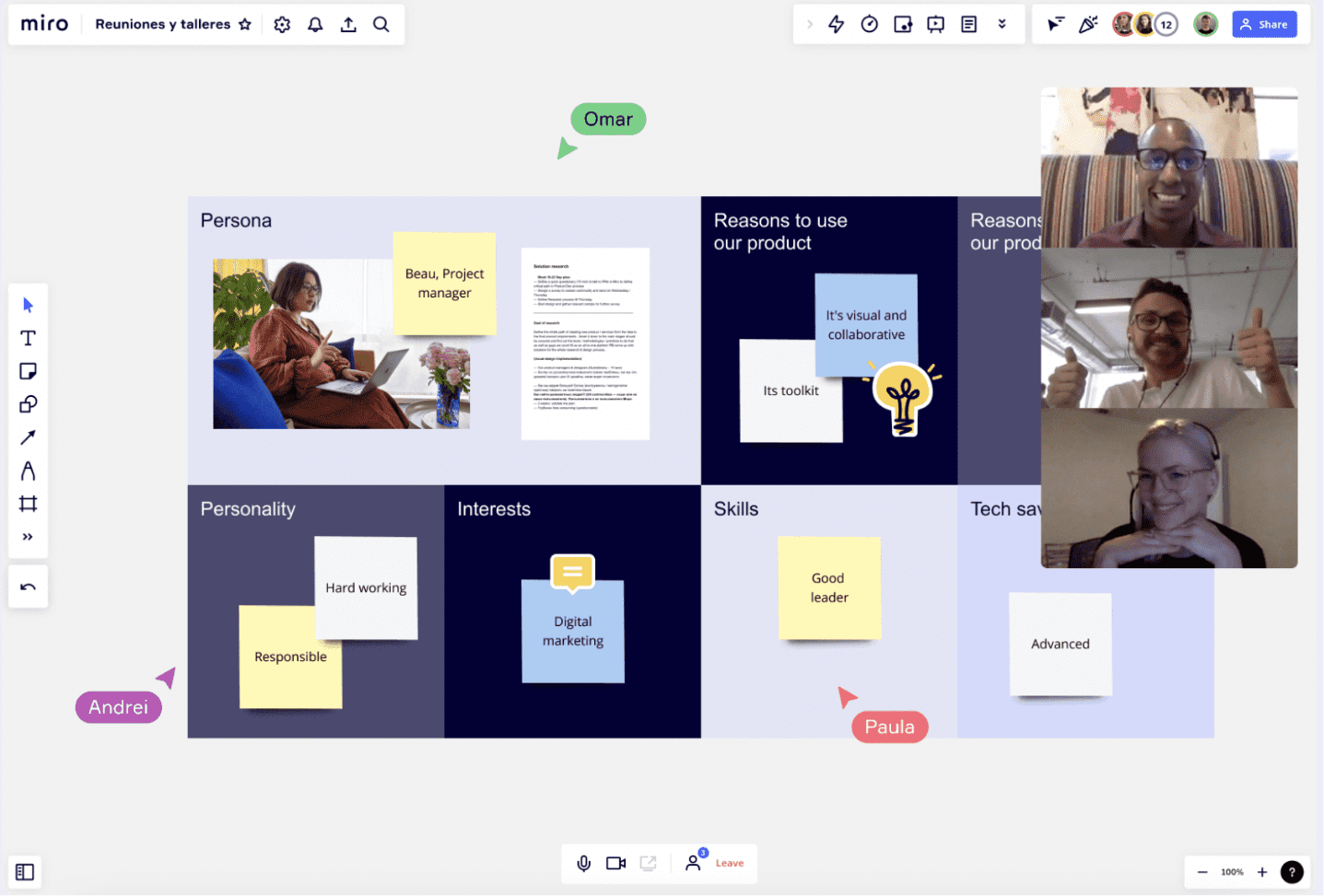
Build and develop ideas with distributed teams as if they were in the same room, anywhere and anytime.
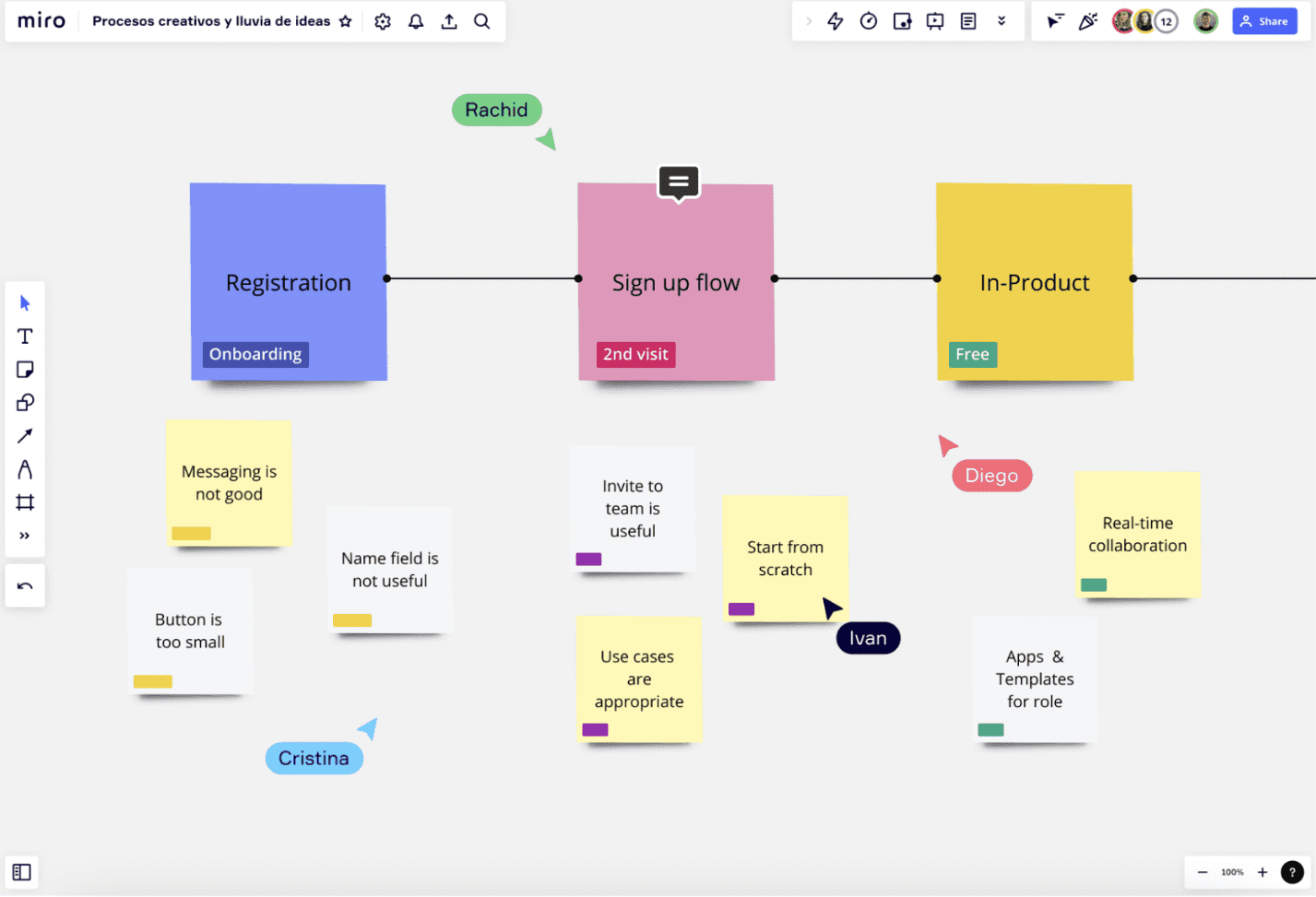
Co-create and align with cross-functional stakeholders on an online collaboration whiteboard.
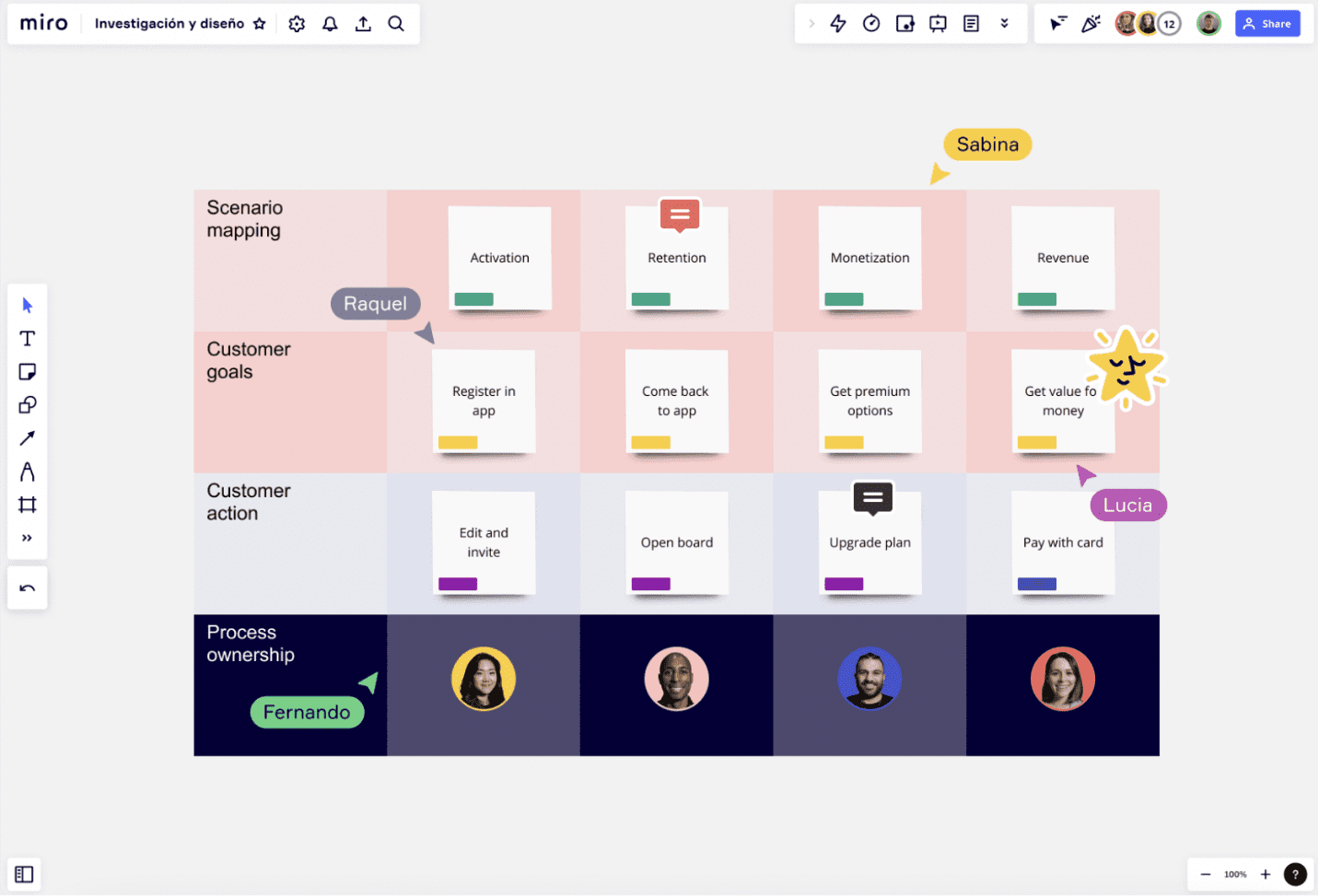
Power your agile process with collaborative retrospectives, sprint planning, and Kanban boards. Integrate natively with Atlassian's Jira Software and Confluence products.

Stay on top of distributed projects with an online whiteboard to plan, coordinate and discuss.

Explain complex processes and systems with visual mapping and diagramming.
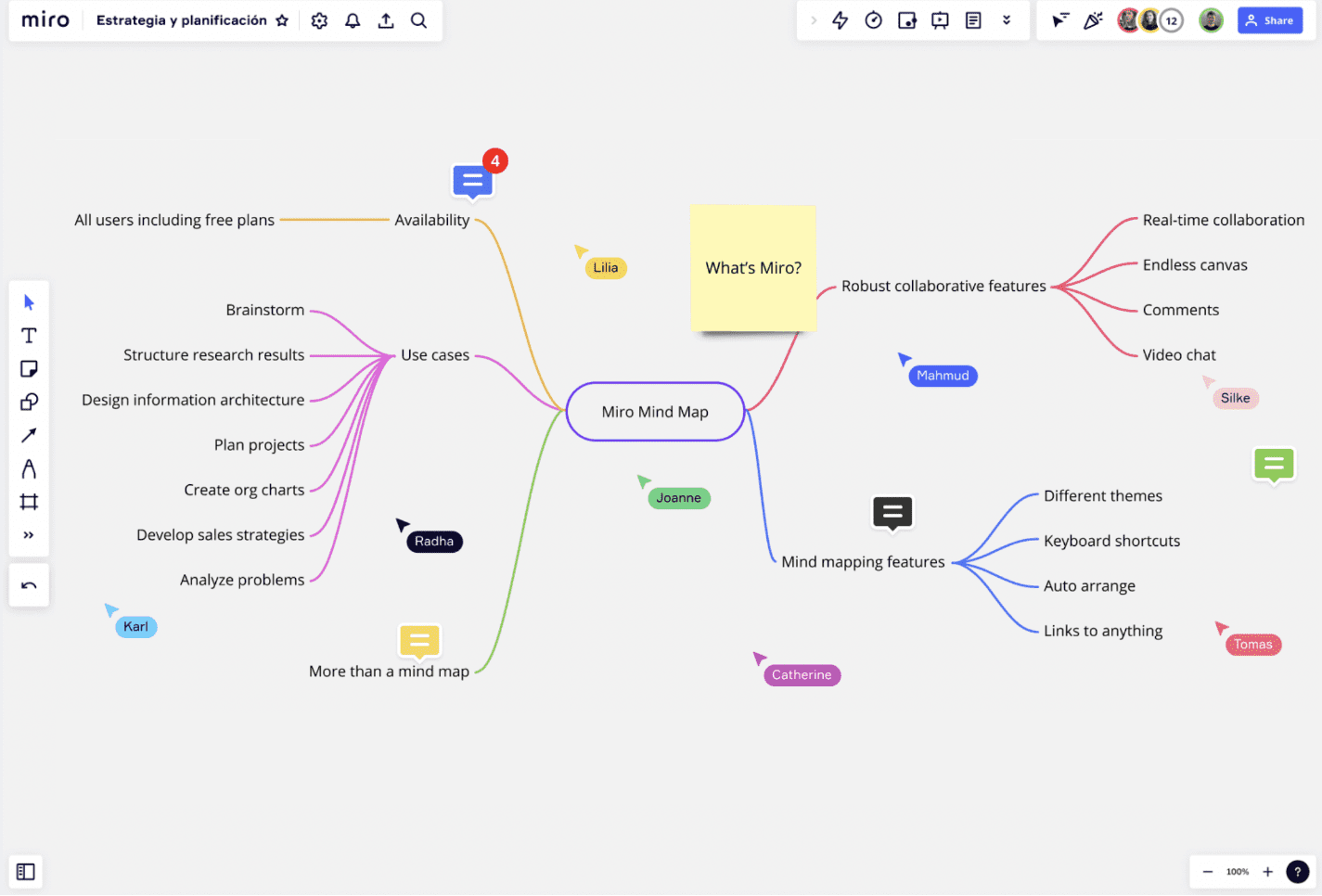
Keep track of distributed projects with an online whiteboard to plan and discuss.

Build and develop ideas with distributed teams as if they were in the same room, anywhere and anytime.

Co-create and align with cross-functional stakeholders on an online collaboration whiteboard.

Power your agile process with collaborative retrospectives, sprint planning, and Kanban boards. Integrate natively with Atlassian's Jira Software and Confluence products.

Stay on top of distributed projects with an online whiteboard to plan, coordinate and discuss.

Explain complex processes and systems with visual mapping and diagramming.

Solutions
For Teams
Product management:
Create roadmaps and add to everythingthe team in the same vision.
UX and Design:
Control the customer experience and collect feedback easily.
Engineering:
Diagram your architecture and organize the backlog.
Marketing:
Brainstorm creative ideas and design your campaigns and launches.
Sales:
Align your team and reinforce ties with customers.
For use case
Hybrid work:
Collaborate from where and whenever you want.
Meetings and workshops:
Powerful tools to go held the most attractive workshops.
Brainstorm:
Unleash your ideas more creative
Diagrams:
Collaborate by making maps of Robust process and diagrams.
Strategy and planning:
Do strategic planning sessions unique and monitors the process.
Scrum methodology:
Allow your team move quickly.
Product management:
View projects and dependencies.
We make your hybrid
meetings work in
your organization
communication, decision making and team building.
People attend an average of 11 million meetings per day,
55 million meetings per week, and 220 million meetings
per year.
Source: Miro
Contact us
To know more about our work
with Miro from GitLab, write to us:
